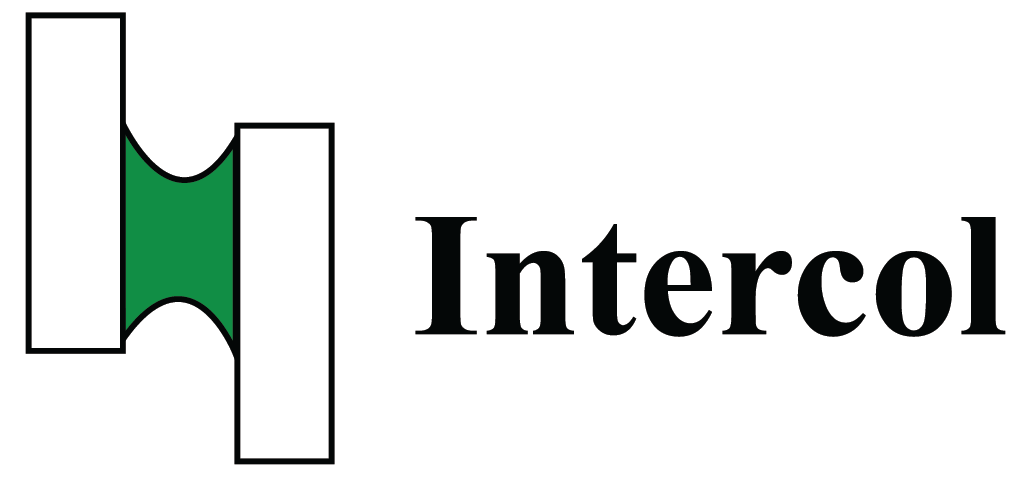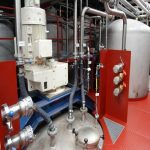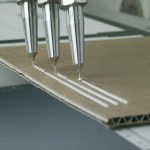Los polímeros se utilizan a menudo en textiles para añadir propiedades al producto final, como coloración, rigidez, laminación e ignifugación. La mayoría de los polímeros permiten unir aditivos como pigmentos a los productos finales, pero también los polímeros por sí mismos tienen una propiedad como recubrimiento o unión de fibras.
Los polímeros se utilizan en varios productos textiles como:
- Calzado
- Piel
- Interiores de automóviles
- Tapicería/Muebles
- Prendas de vestir
- Construcción
Hay muchos polímeros utilizados en aplicaciones textiles, como:
- Acrílicos
- Acrílicos de estireno (SA)
- Estireno butadieno (SB)
- Acrílicos vinílicos
- Cloruro de polivinilo (PVC)
- PVAC (acetato de polivinilo)
- VAE (Acetato de vinilo etileno)
- PUR (poliuretano)
- EVCI (cloruro de vinilo)
- AB nitrilo
Los polímeros pueden ayudar a los textiles en aplicaciones como:
- Construcción y revestimiento higiénicos absorbentes
- Filtración, por ejemplo, de fibras secas
- Textil
- Revestimientos
- Acabado
- Formulaciones
- Impresión (imprimación, aglutinante para la tinta)
- Producción de toallitas
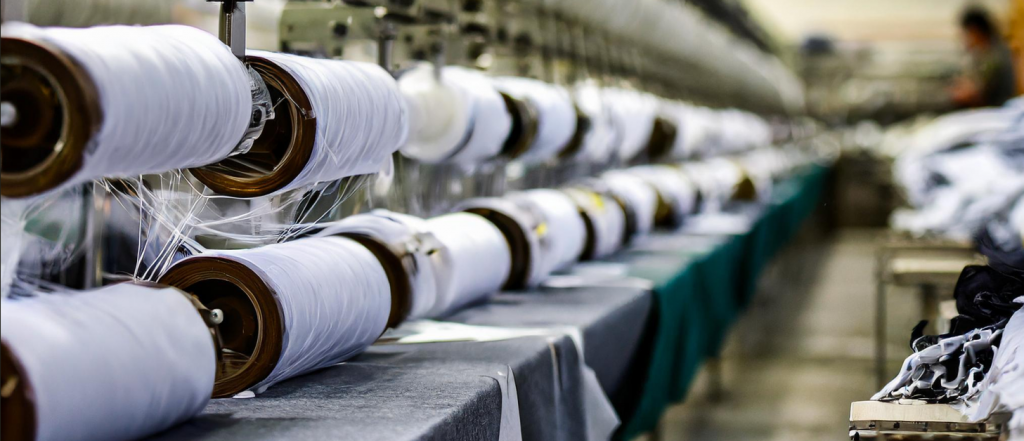
Intercol tiene experiencia en formulaciones y compuestos VAE. VAE puede ofrecer ventajas únicas a sus textiles, tales como:
- Compatibilidad con aditivos, como retardantes de llama, pigmentos, siliconas y otros polímeros (como SA, PVAC y PU).
- Propiedades hidrófobas e hidrófilas únicas
- Rango de blandura/rigidez, entre -35°C y 40°C
- Alta adherencia a materiales celulósicos, como el algodón, el cáñamo y muchas fibras de base biológica
- Disponible en grados reticulables, para una mayor durabilidad y resistencia al lavado
- Terpolímeros de cloruro disponibles, para aumentar la resistencia a la llama
- Alta estabilidad del color (no amarillea, estable a los rayos UV)
